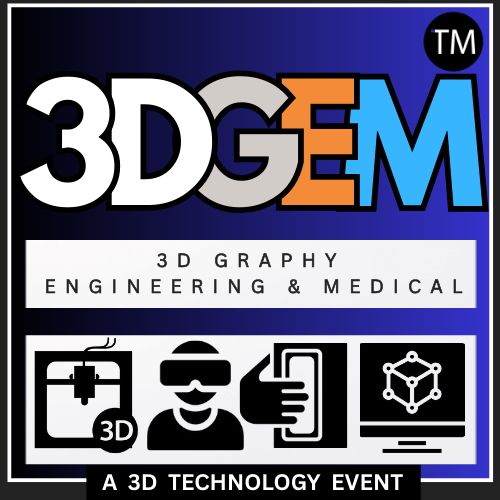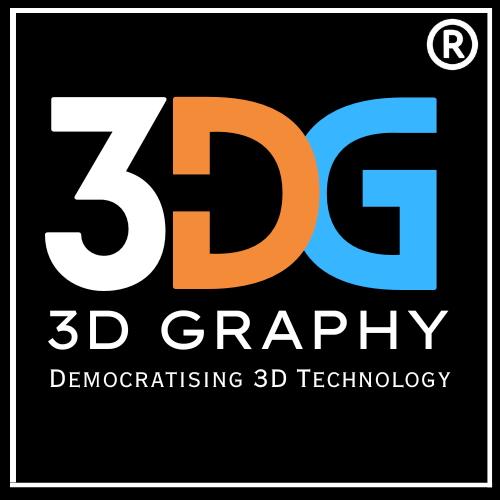
INVITING SPEAKERS
The Organising Commitee of 3D GEM 2026 would like to invite researcher’s, academician, material scientist, 3D Technology experts from 3D Printing, 3D Scanning, 3D Simulation, 3D Design – Generative Design, DfAM, 3D Visualisation – AR, VR, MR to send their biodata in case they wish to join as speakers.
END USER TALK session is a dedicated platform to :
- Showcase Practical Insights – Share real-world applications of 3D technologies in your industry.
- Position as a Thought Leader – Gain recognition as an industry leader and innovator.
- Bridge Industry-Academia Gaps – Help researchers align innovations with actual industry needs.
- Drive Collaboration – Connect with technology providers for tailored solutions.
- Influence Product Development – Guide 3D solution providers with end-user feedback
RESEARCHER TALK session is a dedicated platform to :
- Knowledge Exchange: Provides a stage for sharing novel research findings, experimental results, prototypes, and case studies.
- Bridging Academia & Industry: Facilitates interaction between researchers, clinicians, engineers, and industry experts to accelerate translation of research into real-world applications.
- Interdisciplinary Approach: Covers diverse domains including Medical, Dental, Engineering, Aerospace, Biotechnology, Orthotics & Prosthetics, and Materials Science.
- Emerging Trends: Highlights breakthroughs in material science, new 3D tech research for indigenisation, biomaterials, customized implants, digital twins, AI-driven 3D applications, and sustainable 3D technologies.
3D TECH TALK session is a dedicated platform to:
- Showcase breakthroughs in 3D Printing/ Additive Manufacturing, 3D Scanning, 3D Design, 3D Simulation, 3D Printable Materials – Metal, Polymers, AR/VR/MR, and other emerging 3D technologies.
- Enable knowledge exchangebetween researchers, engineers, innovators, and industry leaders.
- Highlight applications of 3D technologies in engineering, manufacturing, healthcare, education, electronics, robotics, and beyond.
You are requested to send your biodata and abstracts. Please visit the conference page of this website where you can find the session suitable to join as a Speaker. You are requested to send your abstract and biodata to Shibu@3dgraphy.in


